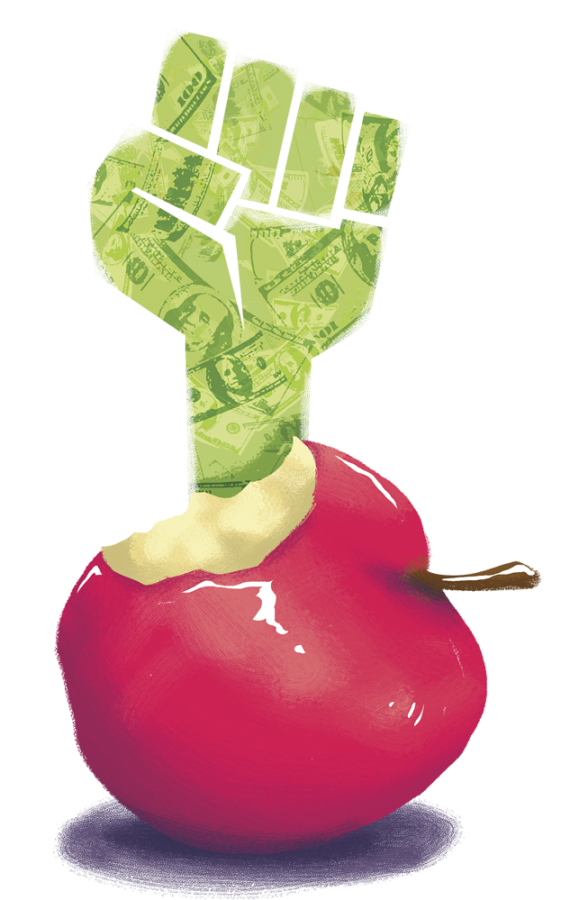CFA prepares to strike
February 18, 2016
For Cal State University students at the system’s 23 campuses, things are going to change, at least for a week.
The California Faculty Association held a conference call on Feb. 12 for the media to ask questions about the impending system-wide strike set for April 13 to 15, 18 and 19. CFA President and philosophy professor at Cal State East Bay, Jennifer Eagan and Communications Director, Alice Sunshine answered a variety questions from student reporters and editors from throughout the CSU system.
The CFA is waiting for the report from an independent third party fact-finding panel led by professional mediator Bonnie Castrey. Legally, the CFA can’t authorize a strike until a 10-day blackout period has passed after the findings are issued, which they expect to happen the second week of April and is why the dates have been scheduled for roughly 10 days later. CSU Associate Vice Chancellor of Business and Finance Brad Wells and Chair of the CFA Bargaining Team Kevin Weir are also a part of the panel.
If both sides are unable to come to an agreement after the strike ends on Apr. 19, the entire staff and faculty will return to work on Apr. 20. However, the CFA will likely ask for further strike dates if a deal has not been reached.
“Chancellor White and the CSU Board of Trustees have left us with no choice,” Eagan said. “This is about our salaries but it is also about the way that CSU is being mismanaged in such a way that it not only disadvantages faculty in terms of salaries but also students in terms of instruction.”
According to Eagan, faculty members had no raises from 2008 to 2012, and in 2013 received an $80 per month raise. She said that most but not all faculty members received a 1.6 percent increase in 2014, the first year of their three-year contract. CSU Director of Public Affairs Toni Molle disagreed with Eagan.
“Employee salaries were held constant from 2007-12 due to declining state support during the recession,” Molle said. “CSU faculty were the only group that received any general salary increase during this time — a 2 percent increase in 2008. During this time, the CSU continued to pay for increases in health/welfare benefits and retirement contributions.”
The majority of lecture faculty are far less paid than tenure track professors and they have reasons to be less vocal because they believe their jobs may be at stake if they speak up, Eagan also expressed. She stated that the way CSU spends its money has become less transparent over time, there have been less audits for us to see how they spent money and they have a reserve of funds that is large and doesn’t make sense for an institution that is supposed to support the public.
“It’s nice to have some saved for a rainy day, but why so much?” Eagan said. “A lot of this is because they are saving money on paying faculty and staff.”
However, according to Molle, “In the past two years, the CSU has invested more than $129.6 million to enhance employee compensation, including $65.2 million in compensation increases for faculty. In 2015-16, the CSU is investing another $65.5 million in employee compensation. Another $17 million to date has been invested in equity programs to enhance salaries for faculty and lecturers.”
On Nov. 4, 2015, union members voted 95 percent in favor of a strike authorization. Staff and faculty from all 23 CSU campuses then attended a march and rally at the CSU Chancellor’s Office in Long Beach on Nov. 17, 2015.
This would be the second system-wide strike for the CSU system and the first since the 1980s. However, in 2011, CSUEB and CSU Dominguez Hills staged a one day work stoppage and strike to protest faculty and staff wages. Molle said that all 23 campuses would remain open during the strike and, “many classes will be held as scheduled.”

















